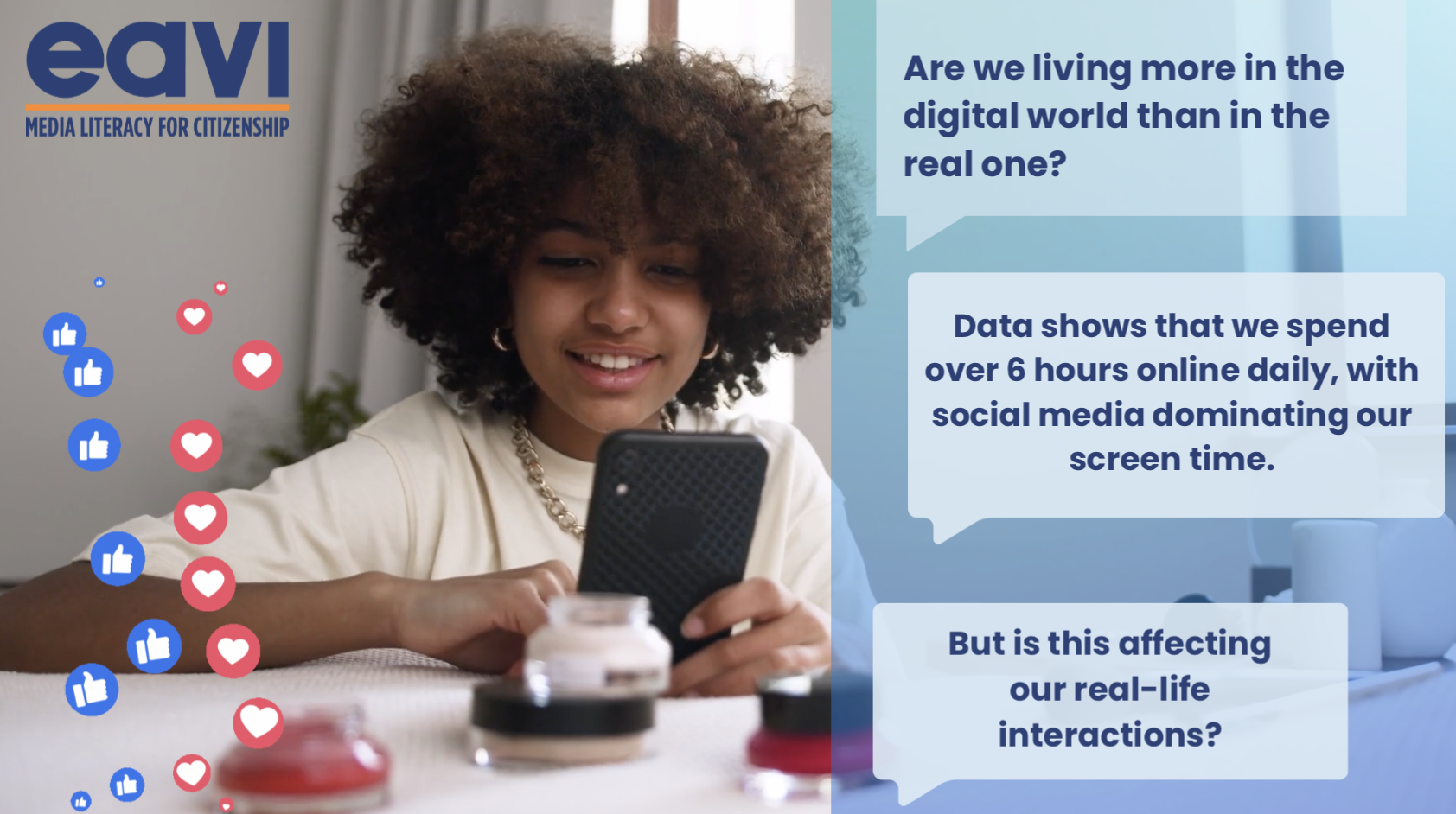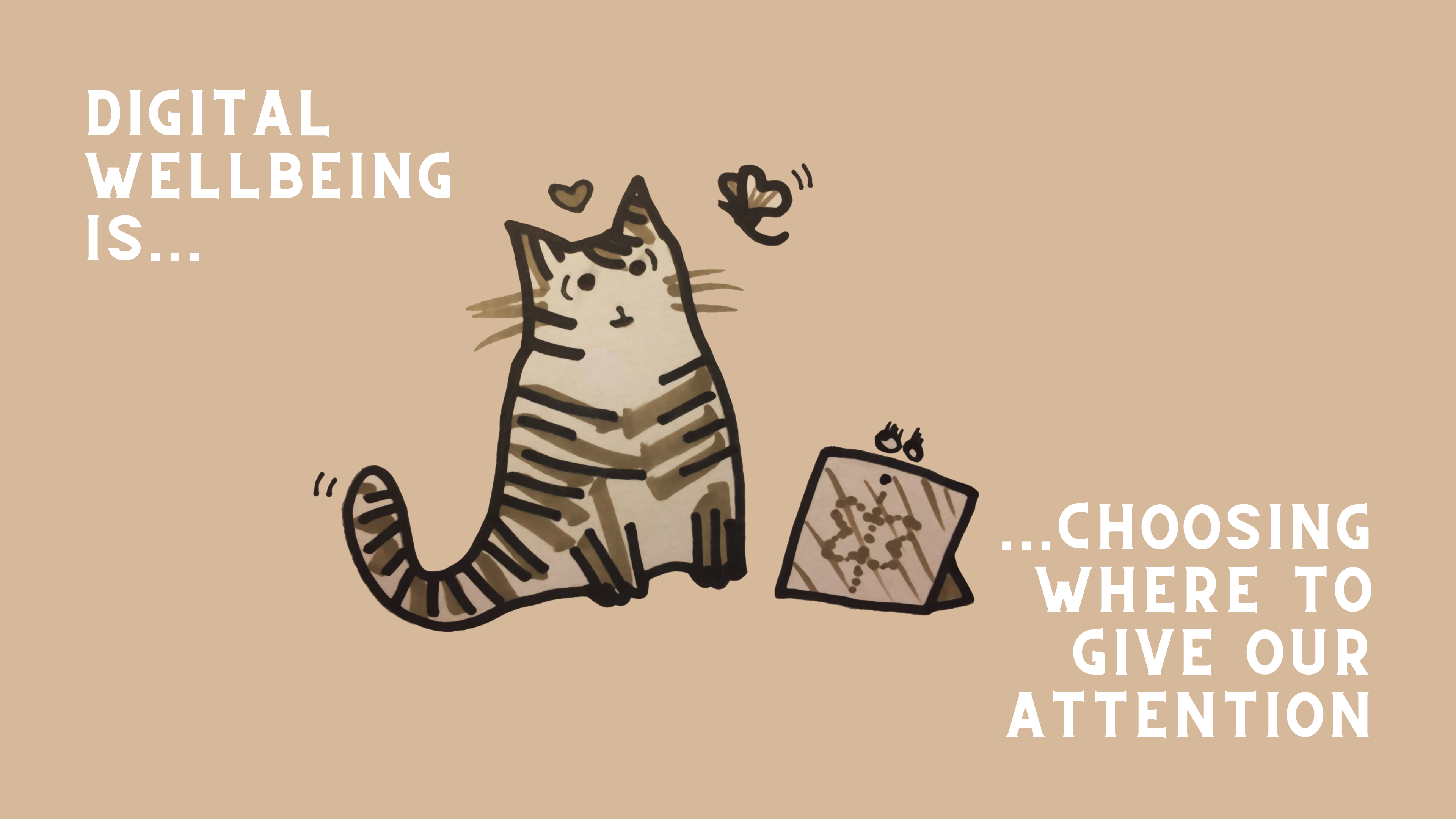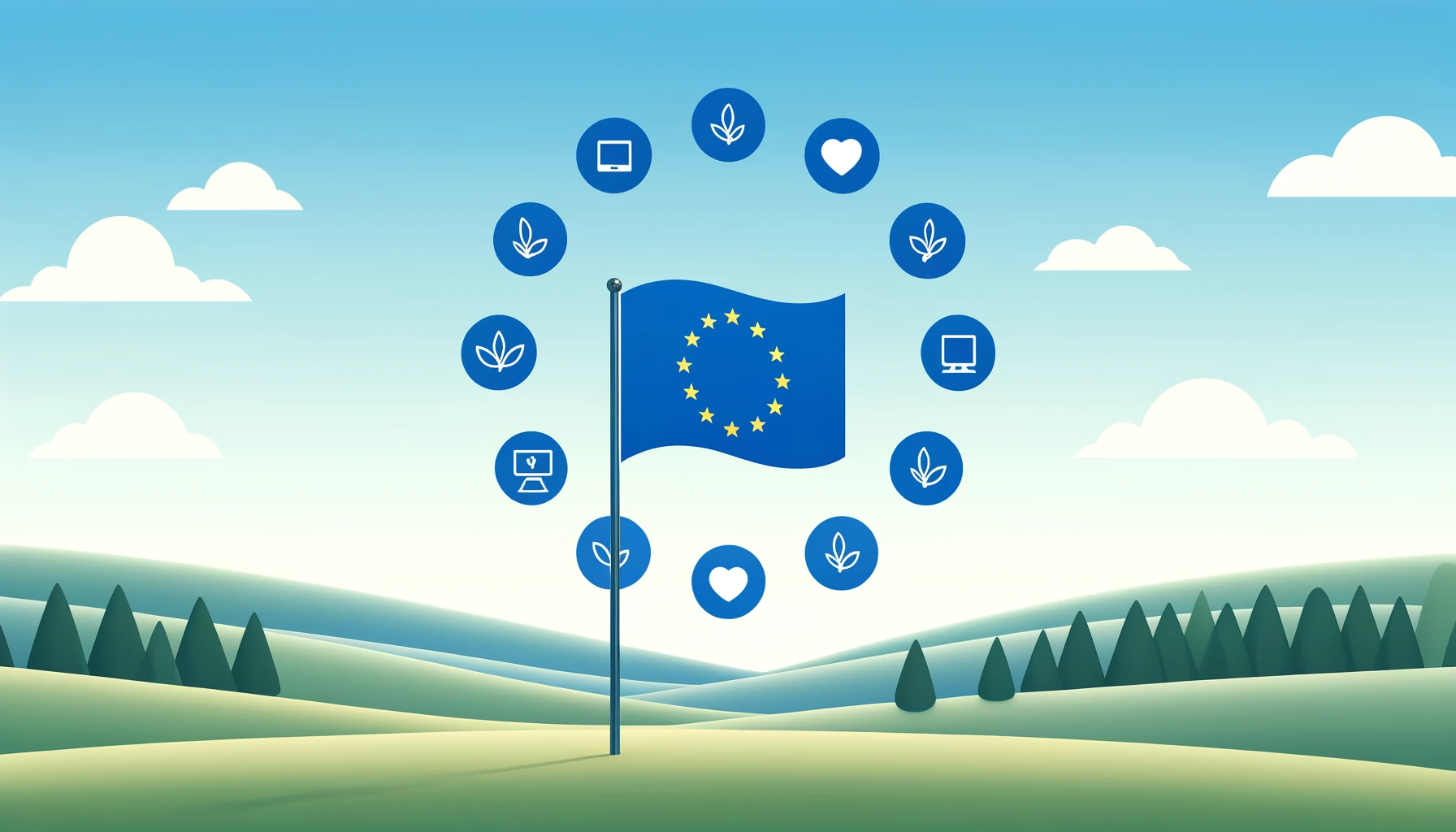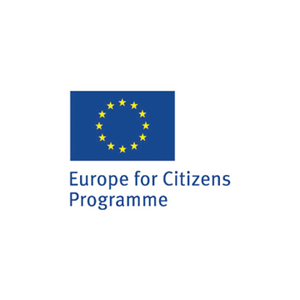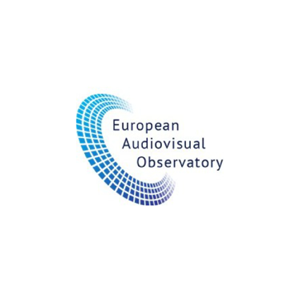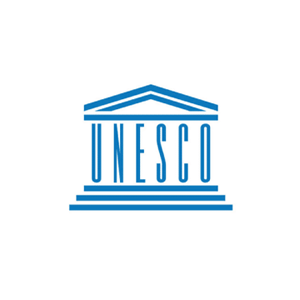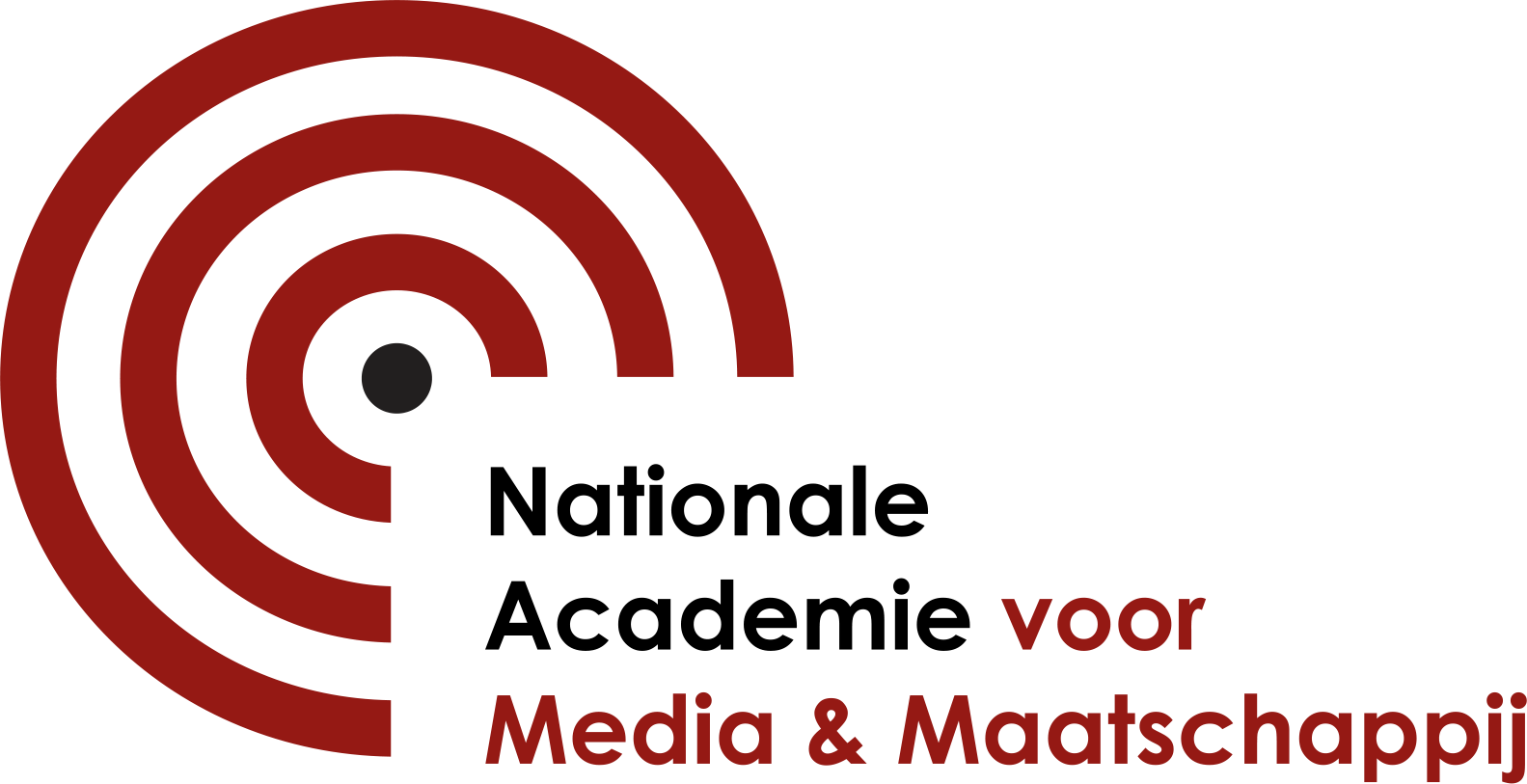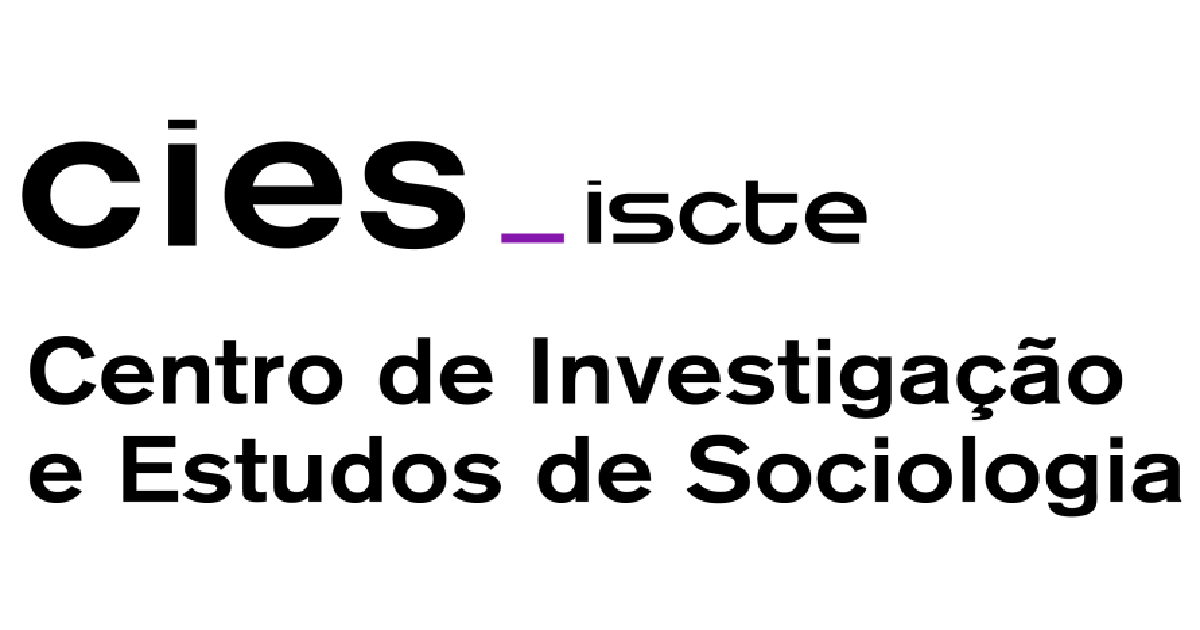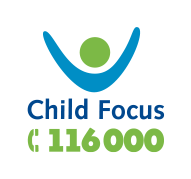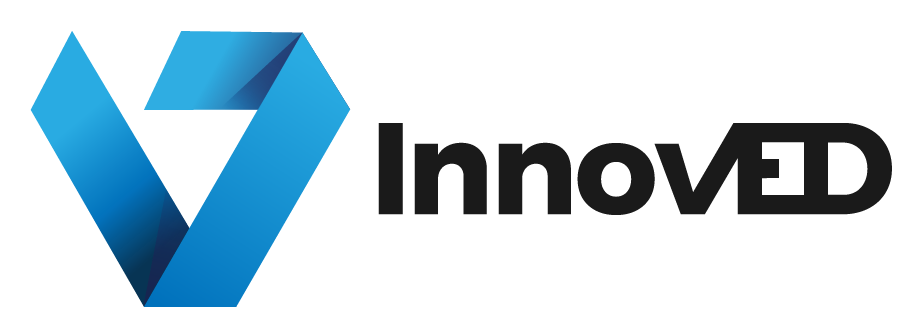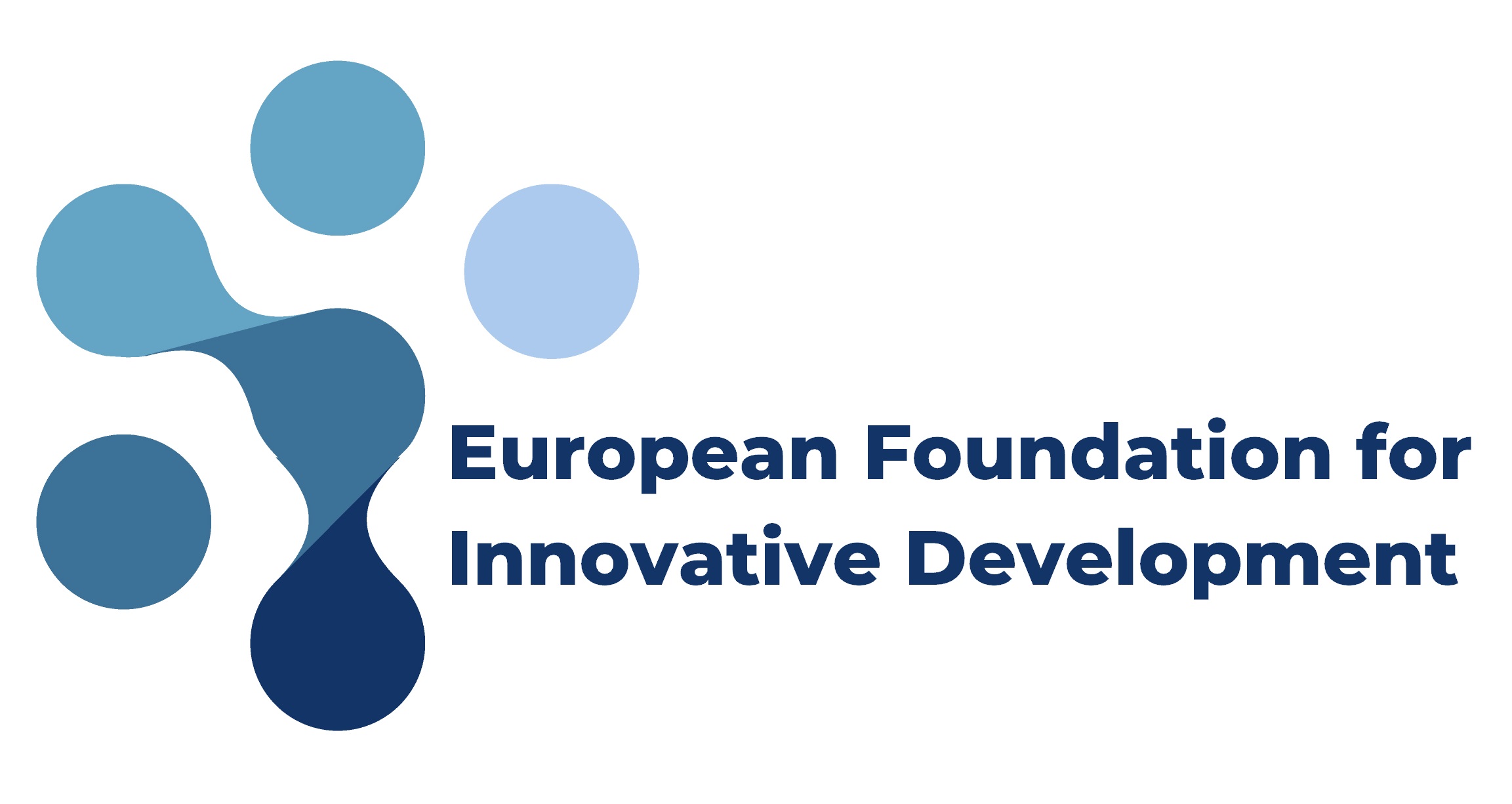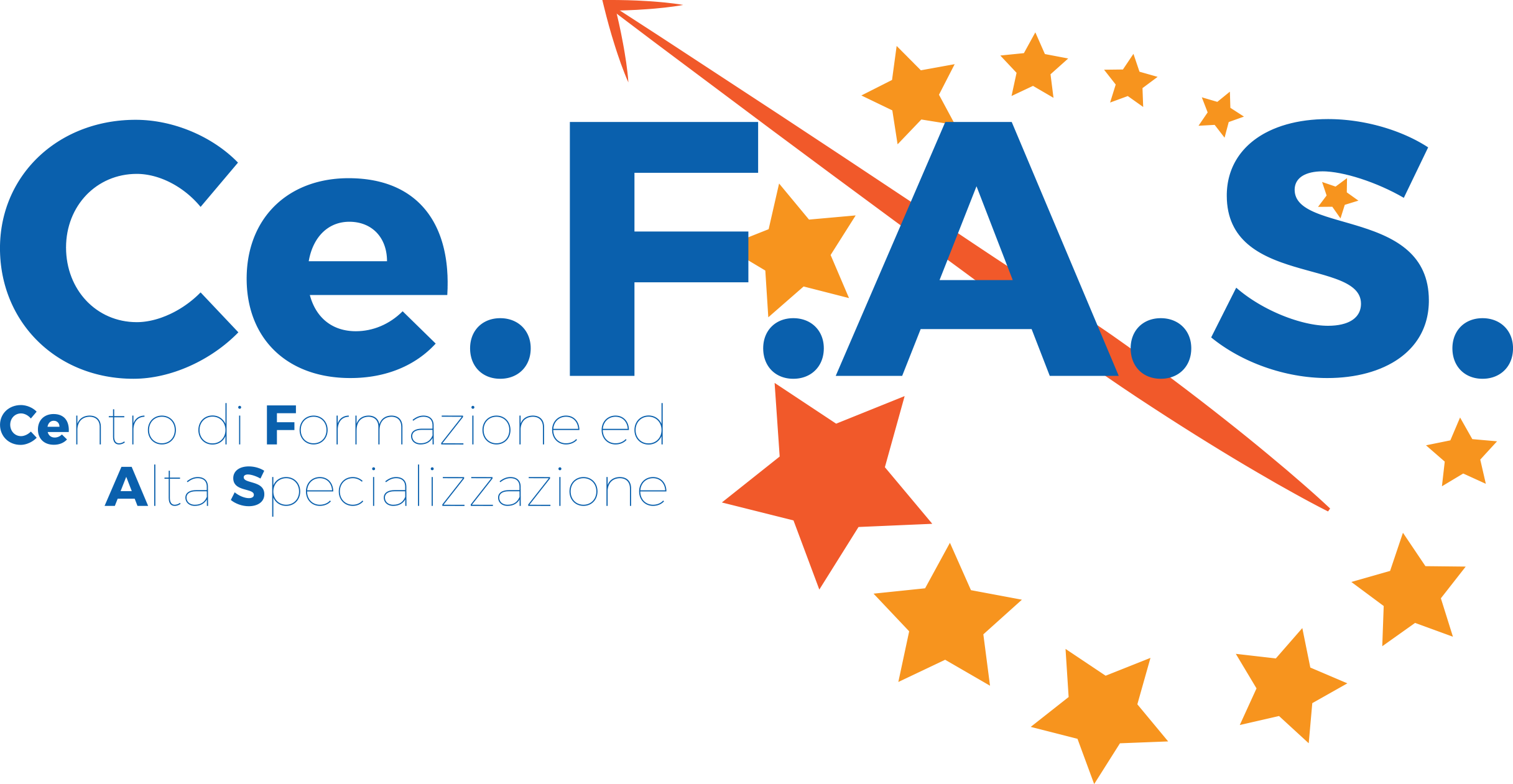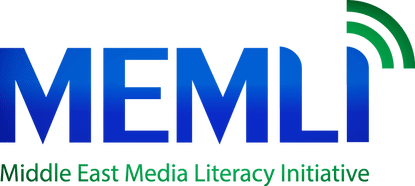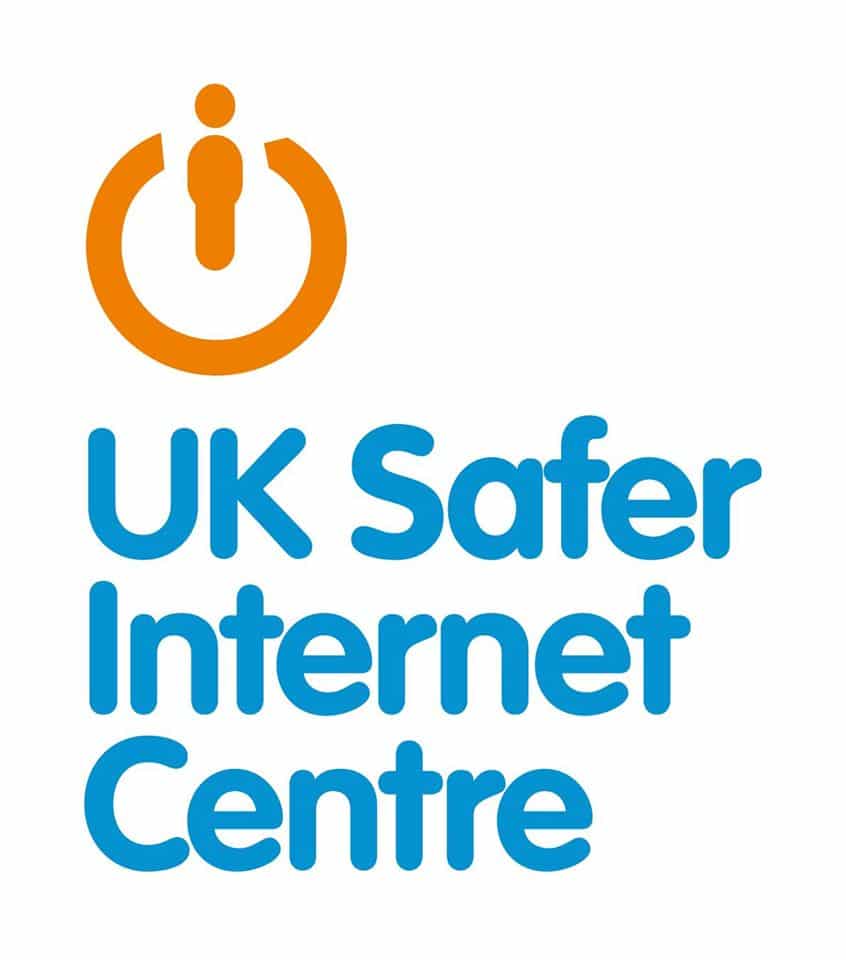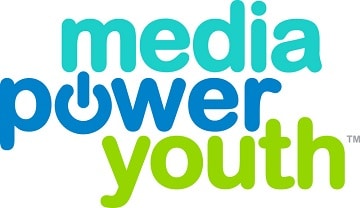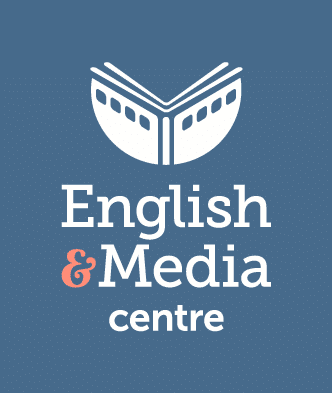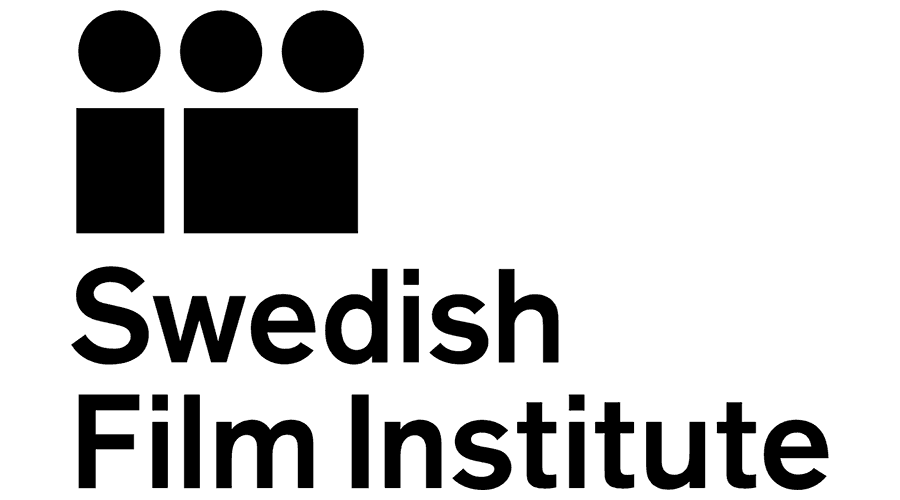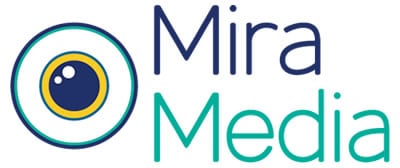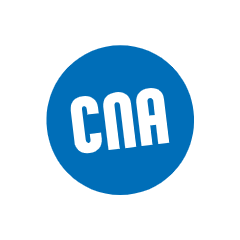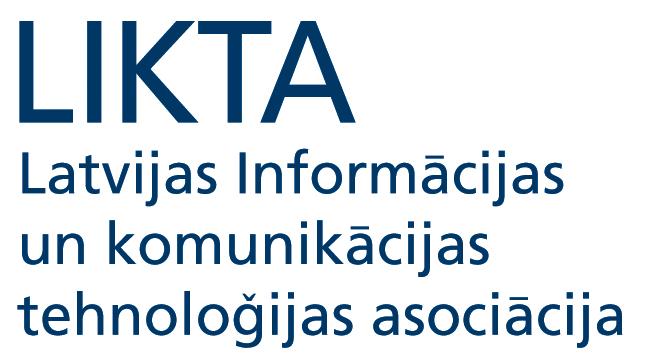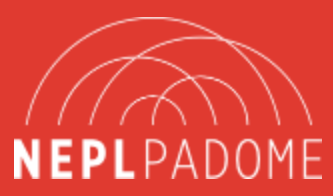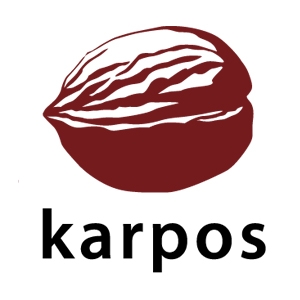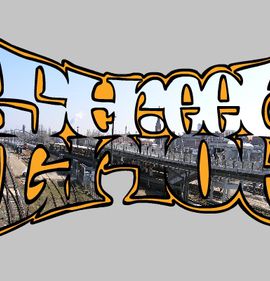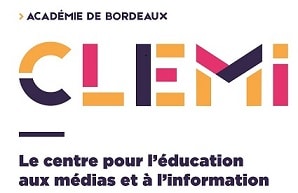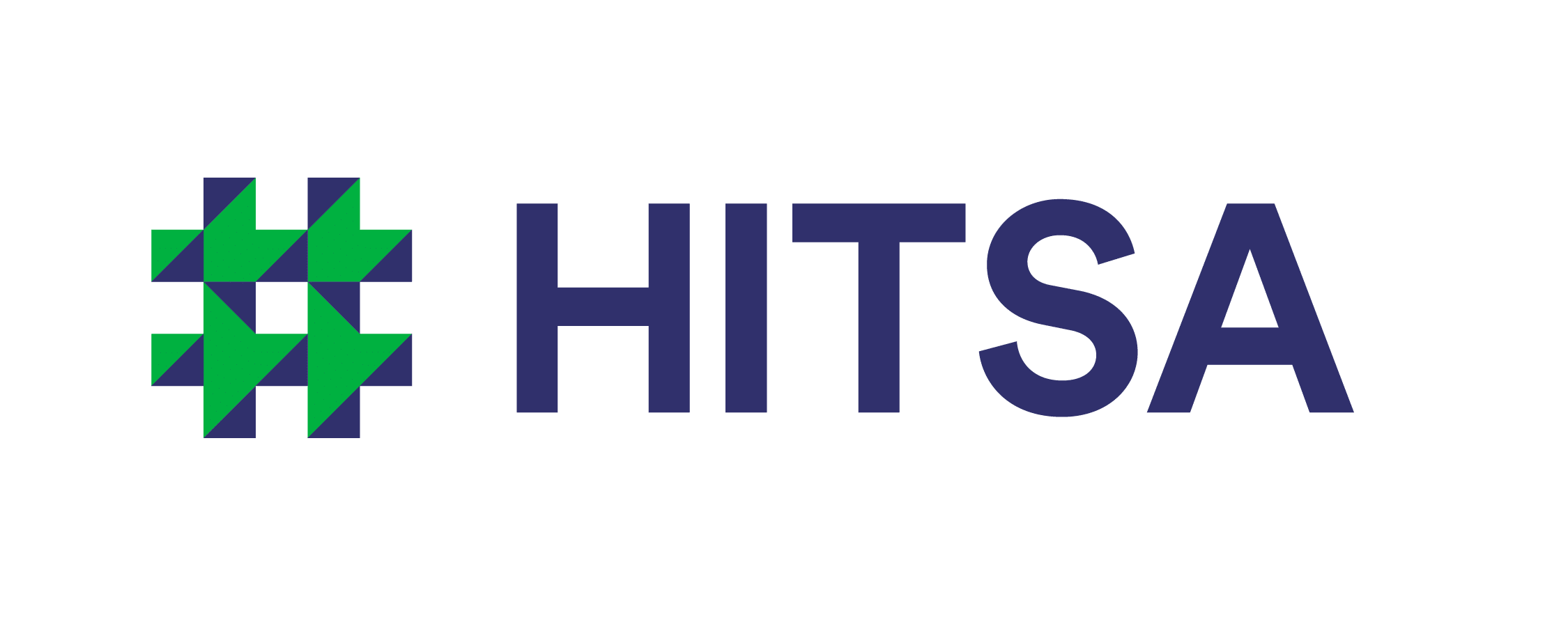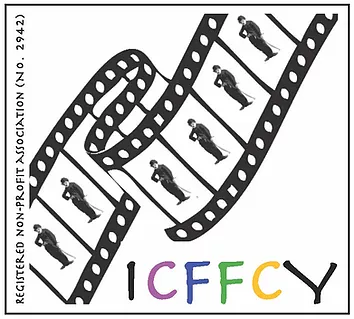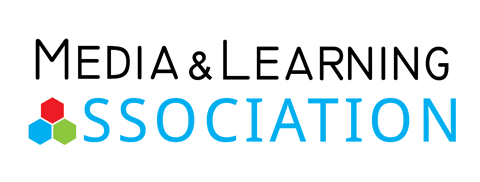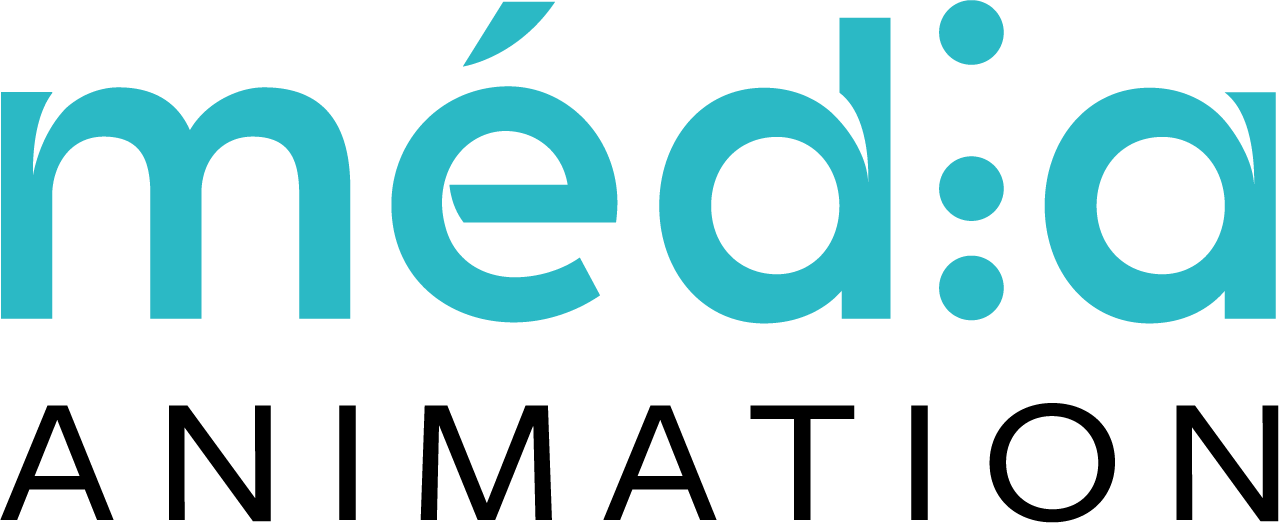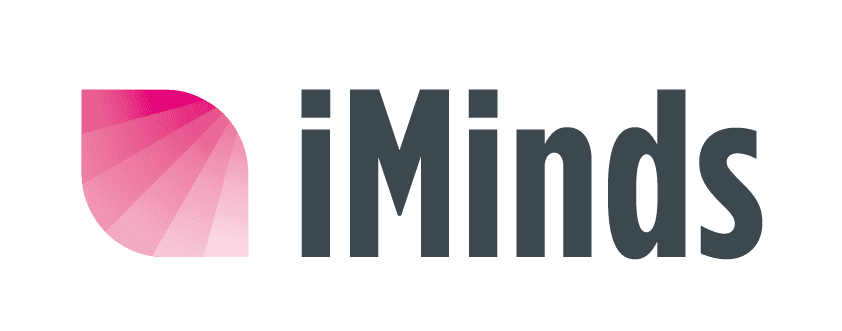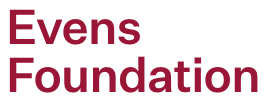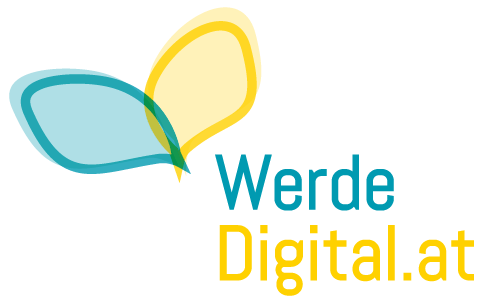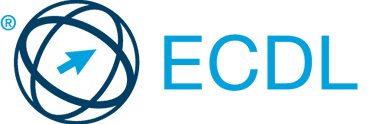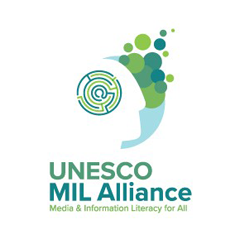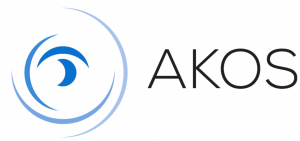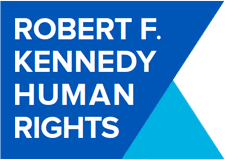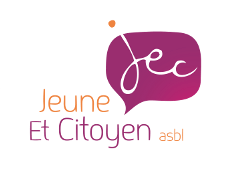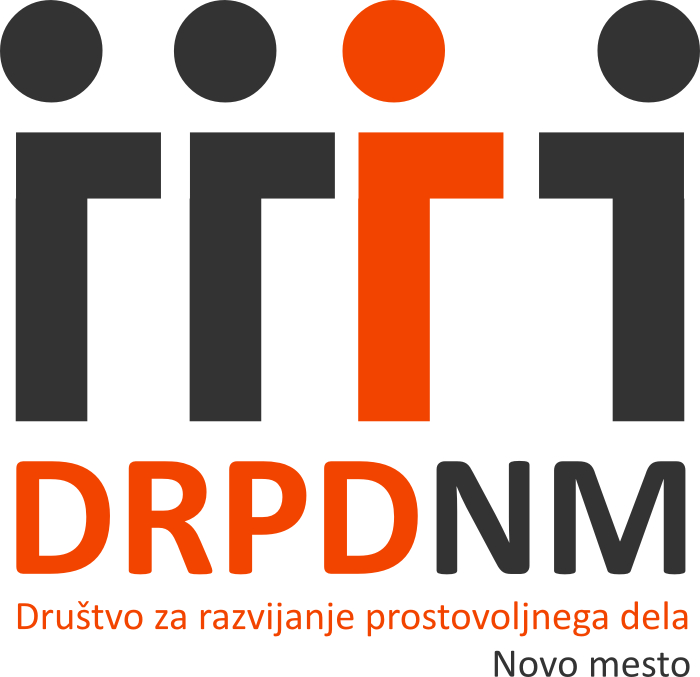
A brief look at the role of diversity and feminism in media.
My childhood was spent in art galleries. Not because I’m a particularly big fan of art (I’m not), or because I am an artist (I’m really not), but because my mother is an art historian who explained the world to me through paintings and sculptures. Effectively, through the media.
When I was about 11, we stood in front of a painting of a naked woman looking in the mirror, and she said to me, “This was commissioned by a man, painted by a man, and looked at by men, but they called it the vanity of woman.”
I remembered this last week when I watched Hannah Gadsby’s Nannette on Netflix. In between the jokes about being gay, being “gender-not-normal”, and being a woman, came the truth about what it means to be gay, gender-not-normal and a woman in a powerful, unapologetic and unflinching piece of oration that everyone needs to watch.
Nannette was written just before the #MeToo movement arrived, but it’s widespread release on Netflix is perfectly timed. Before I get onto that though, let’s take a moment to look at the history of women in the media.
Until social media, a women’s relationship with the media was to be communicated at. We were not participants in films, radio or news about us any more than a woman participated in her nude portrait. It dictated what we should be (thin, curvy, submissive, strong, sexy, chaste), it gave us role models as attainable as the Virgin Mother (as Naomi Wolf pointed out in The Beauty Myth). Effectively, telling women to be at once everything and nothing. Training us to hate ourselves for failing, for not trying hard enough, for not being enough.
As women took more economic and social capital, that didn’t actually change. If you look at mainstream media today, to a great extent, it still hasn’t. We are still trained to hate ourselves and dissuaded from wielding the power we hold, and from owning the space we occupy.
And then social media, and selfies. Say what you like about the pouting girls on Instagram, but they do remove men from a large part of the equation in the celebration of female beauty. They are, in their way, a feminist statement. They might be admired by men, they might even have been taken in order to be admired by men, but that pouting girl has taken control of her image, from production to supply.
Following on from this came misogynist-in-chief, Trump and the #MeToo movement. I don’t know a single woman who hasn’t been victim of male sexual violence to a greater or lesser extent, from catcalling to groping to domestic abuse to rape. Chances are, neither do you. Women have not been silent on the subject for centuries, they have just been ignored.
So when #MeToo emerged as a hashtag on social media, the sheer volume of women who stepped forward to say, yes, #MeToo, it became a cry so loud, chanted by so many women, it was impossible to ignore. Sunlight is the best disinfectant, and that hashtag brought male-on-female sexual violence out into the light.
Which brings us back to Nannette and the history of art. Hannah Gadsby studied art history at university, and explains, looking through the lens of art (and media), how men have shaped our stories. Using Picasso as an example of a predatory man (he had sex with a 17-year old girl when he was in his sixties) who tells our stories. Picasso, the granddaddy of cubism, which is an art movement that shows every perspective at once, freeing us from the tyranny of a single perspective, a single truth.
“Any of those perspectives a woman’s?” Gadsby asks, rhetorically. Of course not. Picasso helped to shape our stories and thus our world, in the same way that Harvey Weinstein shapes our stories now.
Social media has broken into that world, taking men out of the equation, and women now can shape their own stories, make their voices heard and not be ignored. Mainstream media, ever a commercial beast as much as a cultural one, must respond, catering to that audience as more than passive.
Films with misogynist undertones now stand a decent chance of being killed by the female response on social media – look at Passengers, the only film of the last five years that featured Chris Pratt in the lead to make less than $250m (it made $100, and don’t watch it). Meanwhile, Wonder Woman made $400m in comparison to the latest Superman outing which made $200m. Women are beginning to edge in on a straight-white-male dominated market.
Therefore, it is more important than ever for everyone to be media literate in this environment so that not just women, but black, Asian and brown, LGBTQ, the disabled and the disenfranchised can tell their stories and shape our world. This will enable all perspectives to be heard, because as Gadsby says, “in diversity there is strength… there is growth.”

A brief look at the role of diversity and feminism in media.
My childhood was spent in art galleries. Not because I’m a particularly big fan of art (I’m not), or because I am an artist (I’m really not), but because my mother is an art historian who explained the world to me through paintings and sculptures. Effectively, through the media.
When I was about 11, we stood in front of a painting of a naked woman looking in the mirror, and she said to me, “This was commissioned by a man, painted by a man, and looked at by men, but they called it the vanity of woman.”
I remembered this last week when I watched Hannah Gadsby’s Nannette on Netflix. In between the jokes about being gay, being “gender-not-normal”, and being a woman, came the truth about what it means to be gay, gender-not-normal and a woman in a powerful, unapologetic and unflinching piece of oration that everyone needs to watch.
Nannette was written just before the #MeToo movement arrived, but it’s widespread release on Netflix is perfectly timed. Before I get onto that though, let’s take a moment to look at the history of women in the media.
Until social media, a women’s relationship with the media was to be communicated at. We were not participants in films, radio or news about us any more than a woman participated in her nude portrait. It dictated what we should be (thin, curvy, submissive, strong, sexy, chaste), it gave us role models as attainable as the Virgin Mother (as Naomi Wolf pointed out in The Beauty Myth). Effectively, telling women to be at once everything and nothing. Training us to hate ourselves for failing, for not trying hard enough, for not being enough.
As women took more economic and social capital, that didn’t actually change. If you look at mainstream media today, to a great extent, it still hasn’t. We are still trained to hate ourselves and dissuaded from wielding the power we hold, and from owning the space we occupy.
And then social media, and selfies. Say what you like about the pouting girls on Instagram, but they do remove men from a large part of the equation in the celebration of female beauty. They are, in their way, a feminist statement. They might be admired by men, they might even have been taken in order to be admired by men, but that pouting girl has taken control of her image, from production to supply.
Following on from this came misogynist-in-chief, Trump and the #MeToo movement. I don’t know a single woman who hasn’t been victim of male sexual violence to a greater or lesser extent, from catcalling to groping to domestic abuse to rape. Chances are, neither do you. Women have not been silent on the subject for centuries, they have just been ignored.
So when #MeToo emerged as a hashtag on social media, the sheer volume of women who stepped forward to say, yes, #MeToo, it became a cry so loud, chanted by so many women, it was impossible to ignore. Sunlight is the best disinfectant, and that hashtag brought male-on-female sexual violence out into the light.
Which brings us back to Nannette and the history of art. Hannah Gadsby studied art history at university, and explains, looking through the lens of art (and media), how men have shaped our stories. Using Picasso as an example of a predatory man (he had sex with a 17-year old girl when he was in his sixties) who tells our stories. Picasso, the granddaddy of cubism, which is an art movement that shows every perspective at once, freeing us from the tyranny of a single perspective, a single truth.
“Any of those perspectives a woman’s?” Gadsby asks, rhetorically. Of course not. Picasso helped to shape our stories and thus our world, in the same way that Harvey Weinstein shapes our stories now.
Social media has broken into that world, taking men out of the equation, and women now can shape their own stories, make their voices heard and not be ignored. Mainstream media, ever a commercial beast as much as a cultural one, must respond, catering to that audience as more than passive.
Films with misogynist undertones now stand a decent chance of being killed by the female response on social media – look at Passengers, the only film of the last five years that featured Chris Pratt in the lead to make less than $250m (it made $100, and don’t watch it). Meanwhile, Wonder Woman made $400m in comparison to the latest Superman outing which made $200m. Women are beginning to edge in on a straight-white-male dominated market.
Therefore, it is more important than ever for everyone to be media literate in this environment so that not just women, but black, Asian and brown, LGBTQ, the disabled and the disenfranchised can tell their stories and shape our world. This will enable all perspectives to be heard, because as Gadsby says, “in diversity there is strength… there is growth.”

A brief look at the role of diversity and feminism in media.
My childhood was spent in art galleries. Not because I’m a particularly big fan of art (I’m not), or because I am an artist (I’m really not), but because my mother is an art historian who explained the world to me through paintings and sculptures. Effectively, through the media.
When I was about 11, we stood in front of a painting of a naked woman looking in the mirror, and she said to me, “This was commissioned by a man, painted by a man, and looked at by men, but they called it the vanity of woman.”
I remembered this last week when I watched Hannah Gadsby’s Nannette on Netflix. In between the jokes about being gay, being “gender-not-normal”, and being a woman, came the truth about what it means to be gay, gender-not-normal and a woman in a powerful, unapologetic and unflinching piece of oration that everyone needs to watch.
Nannette was written just before the #MeToo movement arrived, but it’s widespread release on Netflix is perfectly timed. Before I get onto that though, let’s take a moment to look at the history of women in the media.
Until social media, a women’s relationship with the media was to be communicated at. We were not participants in films, radio or news about us any more than a woman participated in her nude portrait. It dictated what we should be (thin, curvy, submissive, strong, sexy, chaste), it gave us role models as attainable as the Virgin Mother (as Naomi Wolf pointed out in The Beauty Myth). Effectively, telling women to be at once everything and nothing. Training us to hate ourselves for failing, for not trying hard enough, for not being enough.
As women took more economic and social capital, that didn’t actually change. If you look at mainstream media today, to a great extent, it still hasn’t. We are still trained to hate ourselves and dissuaded from wielding the power we hold, and from owning the space we occupy.
And then social media, and selfies. Say what you like about the pouting girls on Instagram, but they do remove men from a large part of the equation in the celebration of female beauty. They are, in their way, a feminist statement. They might be admired by men, they might even have been taken in order to be admired by men, but that pouting girl has taken control of her image, from production to supply.
Following on from this came misogynist-in-chief, Trump and the #MeToo movement. I don’t know a single woman who hasn’t been victim of male sexual violence to a greater or lesser extent, from catcalling to groping to domestic abuse to rape. Chances are, neither do you. Women have not been silent on the subject for centuries, they have just been ignored.
So when #MeToo emerged as a hashtag on social media, the sheer volume of women who stepped forward to say, yes, #MeToo, it became a cry so loud, chanted by so many women, it was impossible to ignore. Sunlight is the best disinfectant, and that hashtag brought male-on-female sexual violence out into the light.
Which brings us back to Nannette and the history of art. Hannah Gadsby studied art history at university, and explains, looking through the lens of art (and media), how men have shaped our stories. Using Picasso as an example of a predatory man (he had sex with a 17-year old girl when he was in his sixties) who tells our stories. Picasso, the granddaddy of cubism, which is an art movement that shows every perspective at once, freeing us from the tyranny of a single perspective, a single truth.
“Any of those perspectives a woman’s?” Gadsby asks, rhetorically. Of course not. Picasso helped to shape our stories and thus our world, in the same way that Harvey Weinstein shapes our stories now.
Social media has broken into that world, taking men out of the equation, and women now can shape their own stories, make their voices heard and not be ignored. Mainstream media, ever a commercial beast as much as a cultural one, must respond, catering to that audience as more than passive.
Films with misogynist undertones now stand a decent chance of being killed by the female response on social media – look at Passengers, the only film of the last five years that featured Chris Pratt in the lead to make less than $250m (it made $100, and don’t watch it). Meanwhile, Wonder Woman made $400m in comparison to the latest Superman outing which made $200m. Women are beginning to edge in on a straight-white-male dominated market.
Therefore, it is more important than ever for everyone to be media literate in this environment so that not just women, but black, Asian and brown, LGBTQ, the disabled and the disenfranchised can tell their stories and shape our world. This will enable all perspectives to be heard, because as Gadsby says, “in diversity there is strength… there is growth.”

